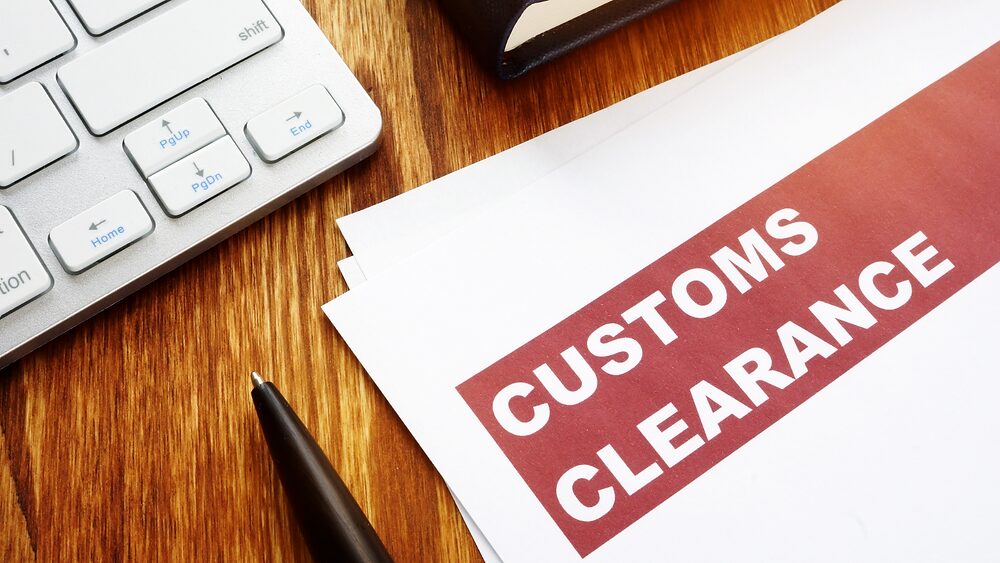The economic landscape between China and Mexico is thriving. Mexico boasts a strategic location for reaching North American markets, while China offers a vast array of products at competitive prices. This makes importing from China to Mexico a lucrative opportunity for businesses of all sizes. However, navigating the intricacies of international trade can be daunting. Fear not, intrepid importer! This comprehensive guide will equip you with the knowledge and strategies to conquer the import process from China to Mexico.
Research and Sourcing: Finding the Right Suppliers in China

The foundation of a successful import venture hinges on identifying reliable and trustworthy suppliers in China. Here’s how to embark on your sourcing odyssey:
- Embrace Online Marketplaces: [invalid URL removed] and Global Sources are treasure troves for connecting with Chinese suppliers. Utilize filters to narrow down your search based on product categories, certifications, and minimum order quantities (MOQs).
- Attend Trade Shows: Immerse yourself in the world of Chinese manufacturing by attending industry-specific trade shows in China. This allows you to personally evaluate products, assess supplier capabilities, and forge valuable connections.
- Leverage Third-Party Verification Services: Partnering with a reputable verification company minimizes risk. They can assess a supplier’s factory conditions, production capacity, and financial stability, ensuring you make informed decisions.
Negotiating and Finalizing the Deal with Chinese Suppliers
Once you’ve shortlisted potential suppliers, it’s time to hone your negotiation skills. Here are some key strategies to secure a favorable deal:
- Request Multiple Quotes: Don’t settle for the first offer. Obtain quotes from several suppliers to compare pricing, product specifications, and payment terms.
- Clearly Communicate Your Requirements: Be meticulous in outlining your expectations regarding product quality, lead times, packaging, and labeling. Ensure the supplier understands your needs to avoid misunderstandings later.
- Negotiate Payment Terms: Explore options like letters of credit (LCs) or escrow services to safeguard your financial interests, especially for large orders.
Pro Tip: Understanding basic Mandarin phrases like “xièxie” (thank you) and “kěyǐ” (okay) can foster goodwill during negotiations.
Understanding Import Duties, Taxes, and Customs Regulations in Mexico

Before your shipment sets sail, familiarize yourself with Mexican import regulations. Here’s what you need to know:
- Harmonized System (HS) Codes: Classify your products accurately using the HS code system. This determines the applicable import duties and taxes.
- Mexican Customs Broker: Enlist the expertise of a licensed Mexican customs broker to navigate the import process seamlessly. They ensure your paperwork is compliant and expedite customs clearance.
- Import Duties and Taxes: Be prepared for import duties (ad valorem taxes based on the product’s value) and Value-Added Tax (VAT) levied by Mexican customs. Research the specific rates applicable to your products.
Logistics and Shipping: Choosing the Right Shipping Method and Freight Forwarder
Selecting the optimal shipping method hinges on factors like cost, urgency, and cargo size. Here’s a breakdown of common options:
- Ocean Freight: The most cost-effective option for large shipments, offering two main choices: Full Container Load (FCL) or Less Than Container Load (LCL).
- Air Freight: A faster, albeit more expensive, option ideal for time-sensitive shipments or perishable goods.
- Land Freight: Considerable for shorter distances or border crossings, particularly when combined with ocean freight.
Partnering with a reliable freight forwarder streamlines the logistics process. They handle everything from booking container space, preparing shipping documents, and ensuring customs compliance.
Ensuring Product Quality and Compliance with Mexican Standards
Maintaining product quality is paramount. Here are some proactive measures:
- Request Product Samples: Evaluate the quality of the products meticulously before placing a large order.
- Conduct Factory Inspections: Arrange for pre-production inspections to verify the supplier adheres to your quality specifications and production standards.
- Mexican Standards (NOMs): Ensure your products comply with relevant Mexican Official Standards (NOMs) for safety, health, and environmental regulations.
Managing Payments and Currency Exchange
International transactions involve currency fluctuations. Here’s how to manage them effectively:
- Payment Methods: Negotiate secure payment options like Letters of Credit or third-party payment processors like PayPal for smaller transactions.
- Currency Exchange Rates: Lock in favorable exchange rates by working with your bank or a currency exchange specialist.
Dealing with Potential Challenges and Risks in the Import Process

Anticipate potential roadblocks and have mitigation strategies in place:
- Communication Barriers: Language and cultural differences can create communication gaps. Consider hiring a translator or working with a supplier with strong English communication skills.
- Quality Control Issues: Unexpected quality issues can arise. Implement a robust quality control plan, including mid-production inspections and final inspections before shipment.
- Delivery Delays: Unforeseen circumstances can cause delays. Maintain clear communication with your supplier and freight forwarder to stay updated on the shipment’s progress.
- Payment Disputes: Clearly define payment terms in the contract to minimize the risk of disputes. Utilize secure payment methods and consider trade credit insurance for added protection.
import from China to Mexico





